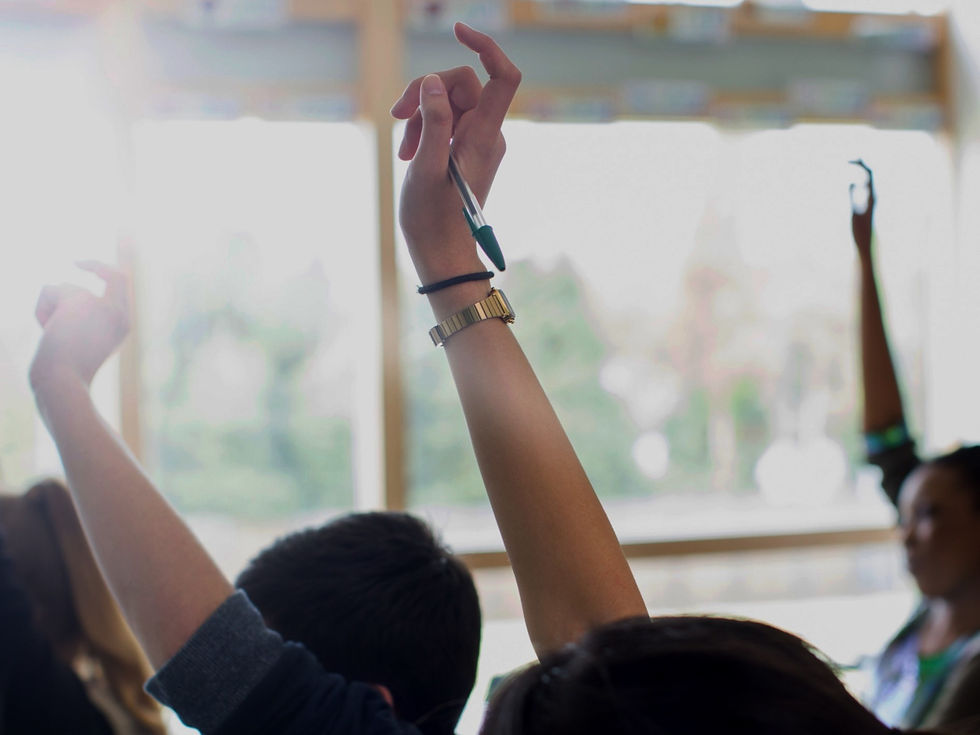“Why do we need to know this?” and, “Is this in the exam?” are two of the most dispiriting questions to hear as a teacher.

We want to reply like W B Yeats and say: "Education is not the filling of a pail but the lighting of a fire.” We don’t want to face the fact that for some children the ability to solve quadratic equations or identify sibilance in a poem will never be needed as adults.
In contrast, when pupils are in a ‘flow state’ of learning, they are so engrossed in the development of the skill that they are disinclined to step out of it and query why it is ‘needed’.
Yet I think it’s important to still think about the desire behind the question, “Why do we need to know this?” Pupils seek a connection between what they learn and how the world works. Unfortunately, the curriculum and exam system sets up subjects as discreet entities to be studied in isolation, spewed out in a final exam and sometimes never returned to again.
It is important to keep asking ourselves if we are doing enough to allow pupils to see how their subjects link to the real world. We also need to show pupils how interconnected the subjects are. If we address a problem from a range of different disciplines, can we shed light on it?
We need to tie the ‘real world’ problems we want pupils to face, to global concerns. Considering the Global goals resource is a good starting point, and holistic learning that tackles the issue from different 'subject areas' is one way to approach this.
For example, a Year 7 tree project addresses concerns about deforestation and tree disease. Outside of the classroom in a local wildlife area, pupils are shown the real issues faced by local conservationists, and will then study the uses and abuses of trees in Geography and Biology.
Pupils will also study fiction and non-fiction texts that explore eco-critical ideas before working on solutions in Computing. Using a micro:bit, pupils will come up with ways of measuring tree health and will work together in Art to find a way of recording this data with the most powerful visual impact. Pupils will then present these ideas back to our local conservationists in their final presentation.
Engaging pupils with future issues is inspiring. We are developing a Future Science project in Year 8, involving Physics/ Computing/ Music and Languages linked to AI and how we communicate in Space. Taking inspiration from the Voyager Golden disc, pupils will explore how this mission could be updated for the modern day, with consideration of the practical issues of space travel as well as the cultural implications of what would be recorded on a 2022 disc to describe our planet and how we would communicate when we got there.
Such projects, of course, should not replace learning for learning’s sake but we do our children a disservice if we pretend the question does not exist.


Comments